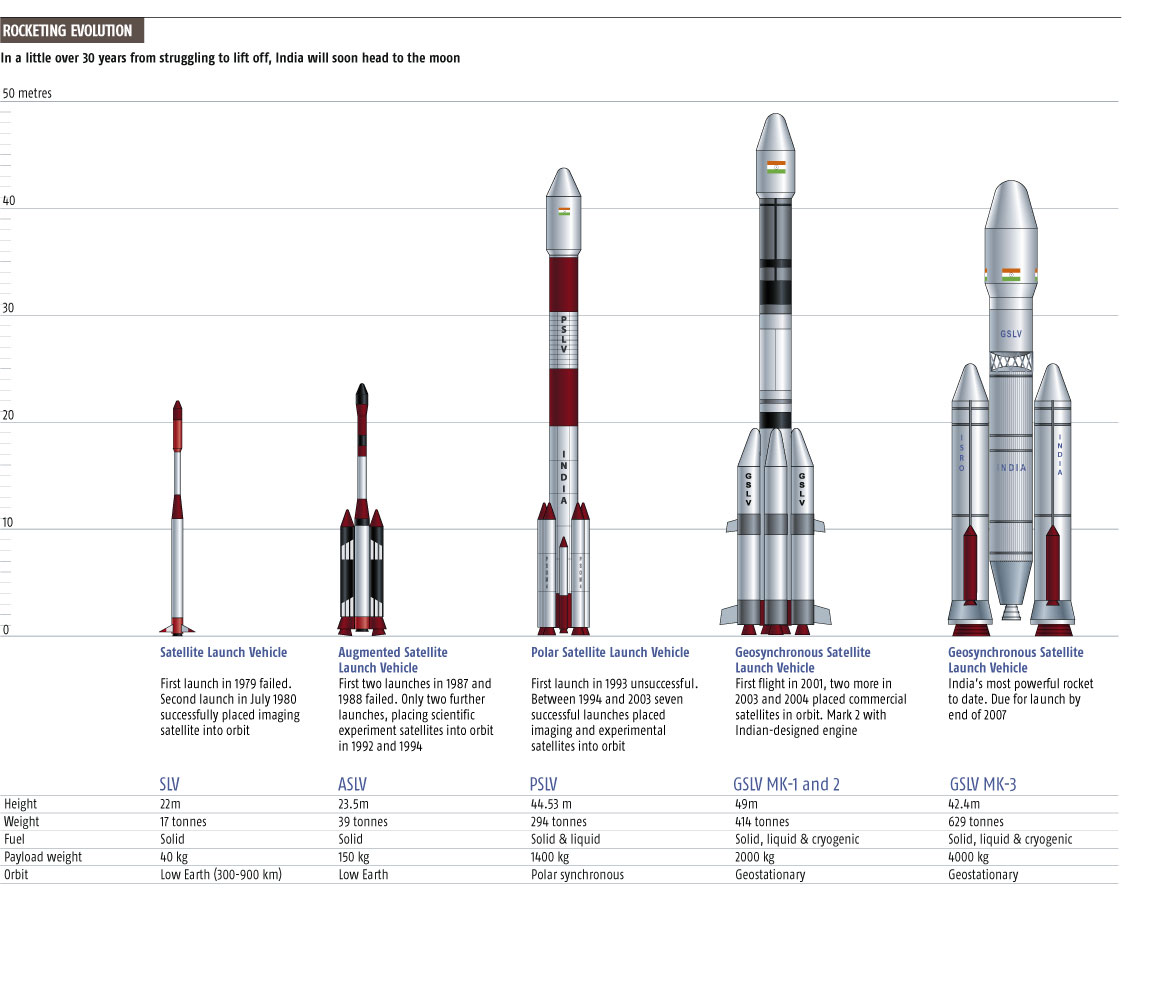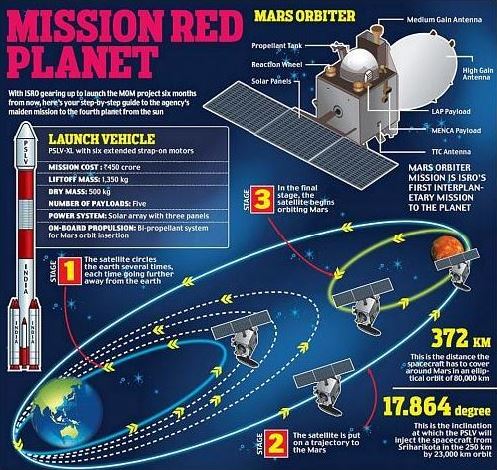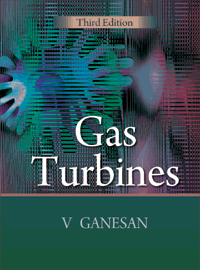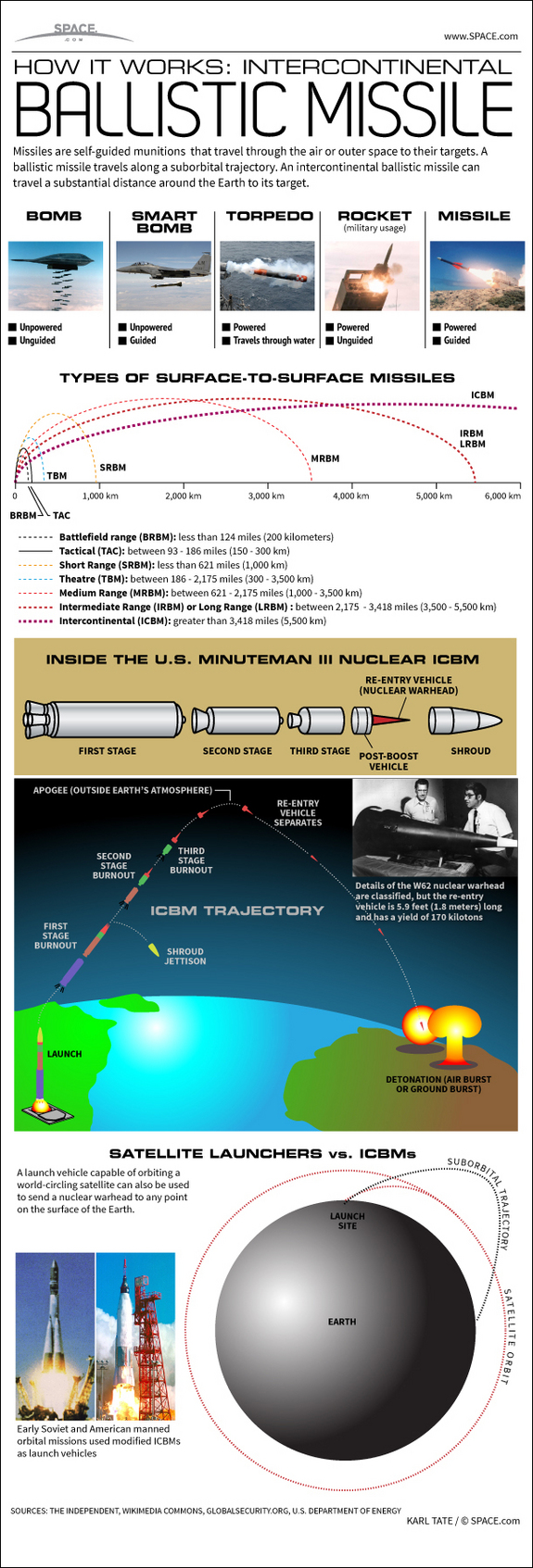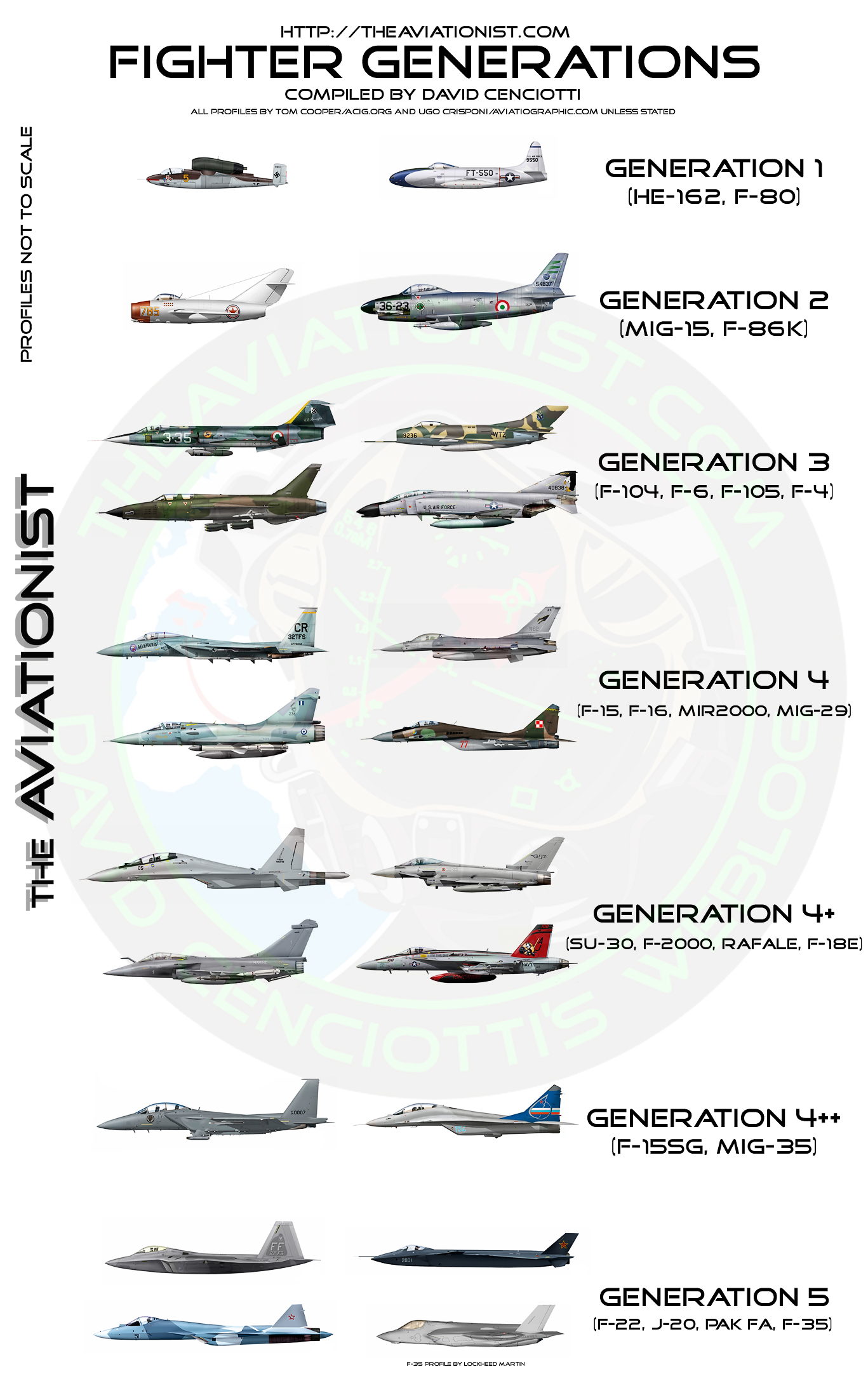Computational Fluid Dynamics- The Basics with Applications by Anderson J.D.Jr
The Beginner's guide to Computational Fluid Dynamics From aerospace design to applications in civil, mechanical, and chemical engineering, computational fluid dynamics (CFD) is as essential as it is complex. The most accessible introduction of its kind, Computational Fluid Dynamics: The Basics With Applications, by experienced aerospace engineer John D. Anderson, Jr., gives you a thorough grounding in: the governing equations of fluid dynamics--their derivation, physical meaning, and most relevant forms; numerical discretization of the governing equations--including grids with appropriate transformations and popular techniques for solving flow problems; common CFD computer graphic techiniques; applications of CFD to 4 classic fluid dynamics problems--quasi-one-dimensional nozzle flows, two-dimensional supersonic flow, incompressible couette flow, and supersonic flow over a flat plate; state-of-the-art algorithms and applications in CFD--from the Beam and Warming Method to Second-Order Upwind Schemes and beyond.
The Beginner's guide to Computational Fluid Dynamics From aerospace design to applications in civil, mechanical, and chemical engineering, computational fluid dynamics (CFD) is as essential as it is complex. The most accessible introduction of its kind, Computational Fluid Dynamics: The Basics With Applications, by experienced aerospace engineer John D. Anderson, Jr., gives you a thorough grounding in: the governing equations of fluid dynamics--their derivation, physical meaning, and most relevant forms; numerical discretization of the governing equations--including grids with appropriate transformations and popular techniques for solving flow problems; common CFD computer graphic techiniques; applications of CFD to 4 classic fluid dynamics problems--quasi-one-dimensional nozzle flows, two-dimensional supersonic flow, incompressible couette flow, and supersonic flow over a flat plate; state-of-the-art algorithms and applications in CFD--from the Beam and Warming Method to Second-Order Upwind Schemes and beyond.


















